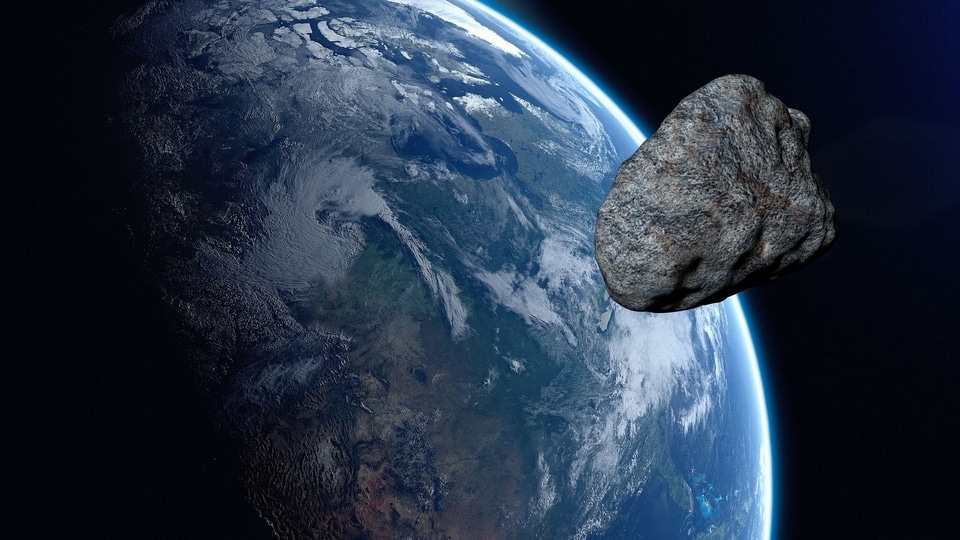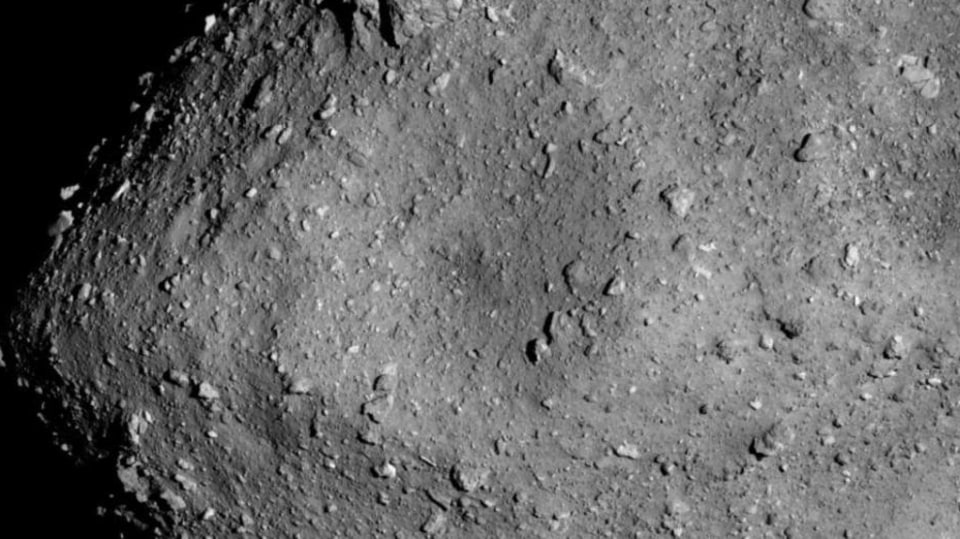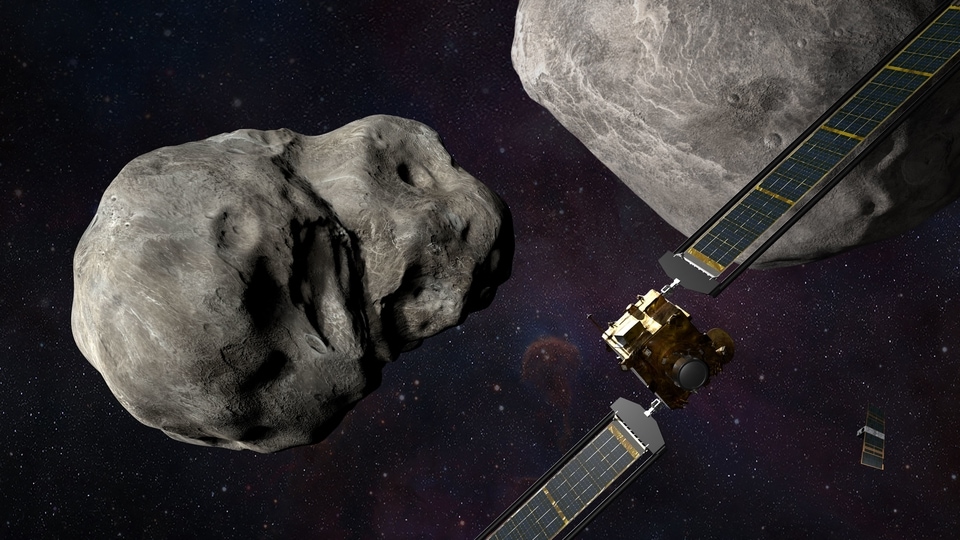These potentially hazardous asteroids are a big RISK for all life on Earth! NASA shares list
A small percentage of Potentially Hazardous Asteroids can put all life on Earth at risk! Know all the asteroids listed by NASA.



_1639115875543_1639115887157.jpg)


 View all Images
View all ImagesEarth is surrounded by some celestial neighbours in the soar system and then there are the nasty ones that come calling, threatening to destroy everything in their paths! These are known as Near-Earth Objects (NEOs), including comets and asteroids that travel close to the Earth. Any asteroid or comet that approaches our planet less than 1.3 times the distance from Earth to the Sun can be considered a NEO. However, the relieving fact is that most NEOs pose no peril at all. It is just a small percentage of Potentially Hazardous Asteroids which can put all life on Earth at risk.
But which are these nasty asteroids that hurtle towards the Earth with the potential of causing a global Armageddon? NASA defined these asteroids as the rocky fragments left over from the formation of the solar system about 4.6 billion years ago. Occasionally, the orbital paths of asteroids are influenced by the gravitational pull of planets, which can alter their paths. Remember that asteroid which struck straight the Earth and ended the age of dinosaurs? This was one of the examples in history.
However, NASA's Center for Near-Earth Object Studies keeps an eye on all the near-Earth objects in space to detect any potential harm from these celestial bodies in advance. The space agency defines a potentially hazardous asteroid based on some parameters to know the threat of asteroids making close approaches to the Earth. There are still a few categories of asteroids which pose a threat to Earth and humankind. Based on perihelion distance (q), aphelion distance (Q) and their semi-major axes (a), NASA divided near-Earth asteroids into several groups. Here is what NASA shared.
List of potentially hazardous asteroids
- Amors: Earth-approaching near-Earth asteroids with orbits exterior to Earth but interior to Mars. These are named after asteroid 1221 Amor.
- Apollos: Named after asteroid 1862 Apollo, these near-Earth asteroids cross Earth with semi-major axes larger than Earth.
- Atens: Earth-crossing near-Earth asteroids with semi-major axes smaller than Earth's. They are named after asteroid 2062 Aten.
- Atiras: Near-Earth asteroids whose orbits are contained entirely within the orbit of the Earth.
Catch all the Latest Tech News, Mobile News, Laptop News, Gaming news, Wearables News , How To News, also keep up with us on Whatsapp channel,Twitter, Facebook, Google News, and Instagram. For our latest videos, subscribe to our YouTube channel.




























